This is the sample table
What I need to achieve is to get or display only the record of tenant with the highest month value. If ever month is equal, I need to base on the latest date value. Here is the sample desired output
With this, I started by this code using max function and incorporated temp table, but unable to get the desired result.
select tenant, name, date, month
into #sample
from tenant
select *
from #sample
where months = (select max(months)from #sample)
and output to something like this. As I believe, the code is getting the max value in the whole list not considering per tenant filtering.
Any help will be greatly appreciated :)


